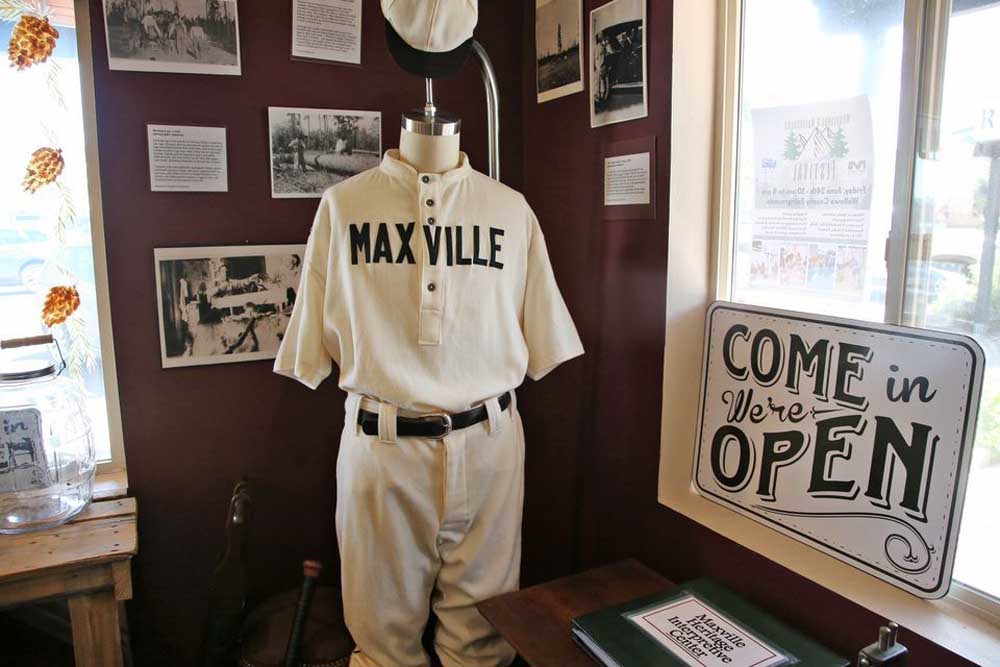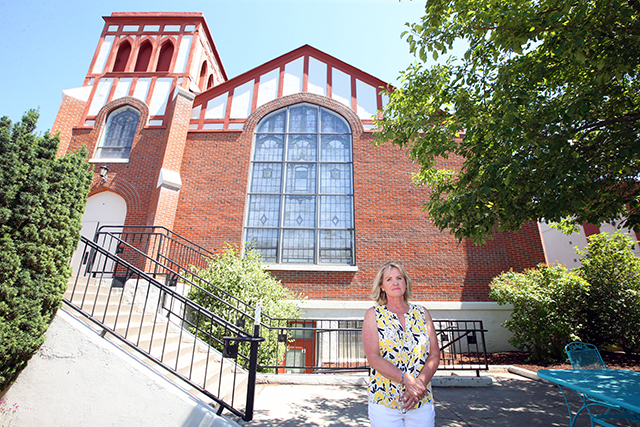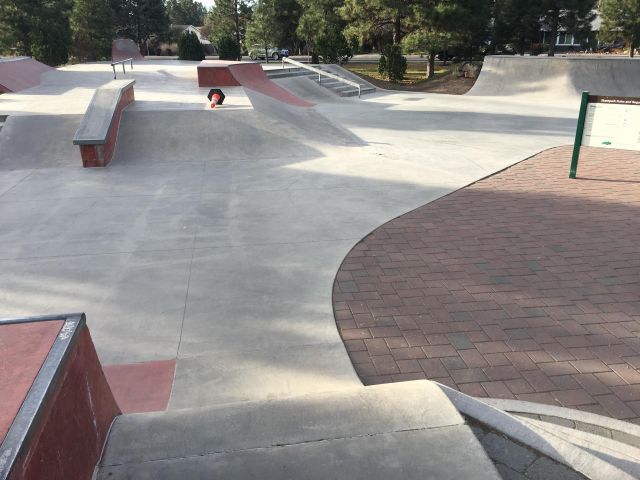To archaeologists, Maxville dig yields a complicated story
Published 7:00 am Friday, September 27, 2024

- In this 2022 photo, a baseball uniform is on display at the Maxville Heritage Interpretive Center, a small museum in Joseph that tells the story of a Black logging community in the Wallowa Mountains.
ENTERPRISE — Fresh off weeks excavating Maxville, an archaeology professor and his students found artifacts that helped fill in the details of what daily life was like for the people who lived in what is now a logging ghost town near Wallowa.
Mark Tveskov from Southern Oregon University, who led the expedition, called Maxville “one of the most significant projects in historic preservation in the Pacific Northwest, the untold story of African American loggers in the Pacific Northwest.”
Trending
Tveskov outlined some of his team’s findings at a presentation at Fishtrap in Enterprise on Sept. 12.
Maxville was active from its founding in 1923 to when it shut down in 1933. At one time, it was one of the largest towns in Wallowa County, with 400 people, some 40 to 60 of whom were African Americans.
The town was racially mixed, but not racially integrated. In fact, Maxville was a heavily segregated town. During the years that Maxville was in operation, state law excluded many people of color from living in Oregon.
The only building that remains from the original town site is the former company headquarters building, which has been restored and is nearly complete in its reinstallation, according to Gwen Trice, executive director of the Maxville Heritage Interpretive Center in Joseph.
But the archaeologists found plenty of evidence of other buildings, including housing for both Black and white families and singles and some of the commercial structures for the logging town.
Maxville was laid down by the Bowman-Hicks Lumber Co. from Missouri, which had harvested timber in the Southeast until those stands neared depletion. It brought workers from that region — Black and white — and set up its logging operation to take advantage of the largely virgin forests of Northeast Oregon. The company laid narrow-gauge railroad tracks up into the woods to transport the logs to mills in Wallowa or La Grande.
Trending
Workers often were segregated according to their skills and jobs. The Black men often were loggers, as Trice’s father, grandfather and uncles were.
But it wasn’t all work at Maxville. The 1920s were a time when baseball was indeed the national pastime and Blacks and whites formed their own teams and played against each other. They united to form a mixed-race town team when playing teams from other communities.
A photo showing Black and white women and children together on the Maxville website emphasizes this unity; its caption reads “Say no to Jim Crow.”
The 1920s also was the era of Prohibition. One might think makeshift liquor bottles or evidence of moonshine would be found, but that hasn’t been the case, Tveskov said.
“There’s a remarkable absence of alcohol bottles across Maxville,” he said. “I’ve excavated many historical archaeological sites. And they’re always there; even during Prohibition, there’s whiskey bottles and brandy bottles everywhere.”
Tveskov, who wrote the application for Maxville’s inclusion on the National Register of Historic Places, finds the town particularly significant. Not only was it a multiracial town; those who lived there had a variety of different perspectives.
Tveskov showed slides of photos of the town site that included closeups of the variety of artifacts found, from buttons and rivets from Levi Strauss jeans, to beads, to broken bits of ornate China to a doorknob that once held ornate glass. Apothecary bottles for medicine also were found.
Industrial capitalismIt was all prompted by what Tveskov called “industrial capitalism” prompted by the Industrial Revolution.
He showed a map depicting “how rapidly railroads spread across the nation in that time, and the mechanization of industrial capitalism landed on the Pacific Northwest in a big way after about 1880, precipitating what (a scholar) called the greatest harvest of timber the world has ever known.”
After Bowman-Hicks shut down Maxville, it moved many of the buildings to Wallowa or La Grande, although some stayed on the town site. Most of the loggers and other workers moved out as well, although a number of people remained at least until a particularly severe winter of 1945-46 forced many out.
“Fast forward to 2008 and thanks to the efforts of Gwen (Trice), the Maxville Heritage Interpretive Center was established, a heritage organization led by the descendants of the people that lived in the site, which is a wonderful thing,” Tveskov said.
A fuller historyTveskov also said that highlighting the multiracial nature of Maxville offers a fuller retelling of history. And he noted that the classic symbol of the logger who cleared lands in the West is a gigantic white man, Paul Bunyan.
Said Tveskov: “I’m oversimplifying this event, of course, but (the Bunyan legend) says it was the rugged individualism of white men that drove back the frontiers and created civilization in the Pacific Northwest. How many things in that sentence that I just said are not true? And how many of the subtleties of that story have been erased over time? It was not a white endeavor. It was a Latino endeavor, a Chinese endeavor, a Black endeavor, a white endeavor, a Greek and Italian (endeavor); so many immigrants came to the woodlands, dislocated by capitalism and brought here as dehumanized machines to work the woods in this corporate structure, right?”
The professor said he plans to return in future summers for more excavation with more archaeology students and continue to make discoveries.
“You know, most people associate archaeology with pyramids and the Mayans or something like that, but there actually is a vibrant field of industrial archeology, and archaeologists working in the American Southeast have coined this phrase as a scholar … and I found this very useful to think about Maxville — that it’s a factory without a roof,” he said, “It has all this infrastructure and (a) bosses’ office and (an) assembly line floor, and it has energy consumption and waste and rail lines. … (I)t just didn’t have a roof, right?”








